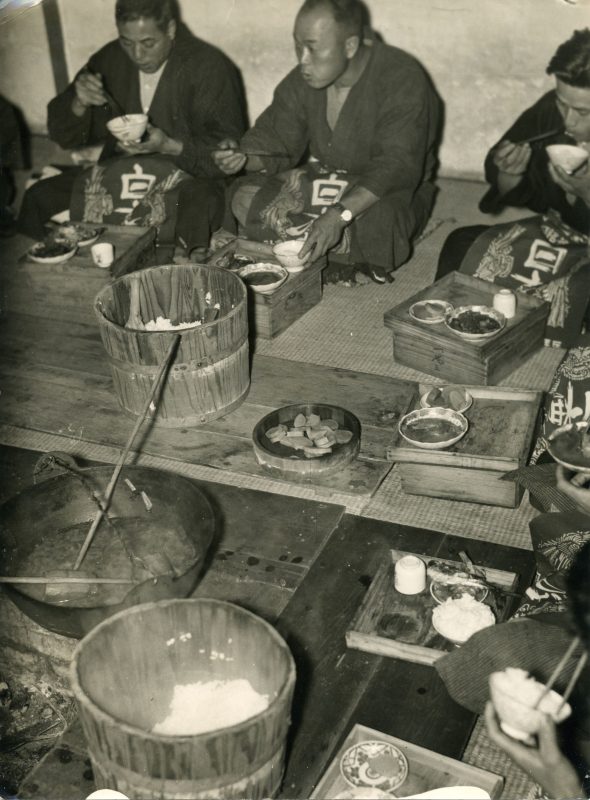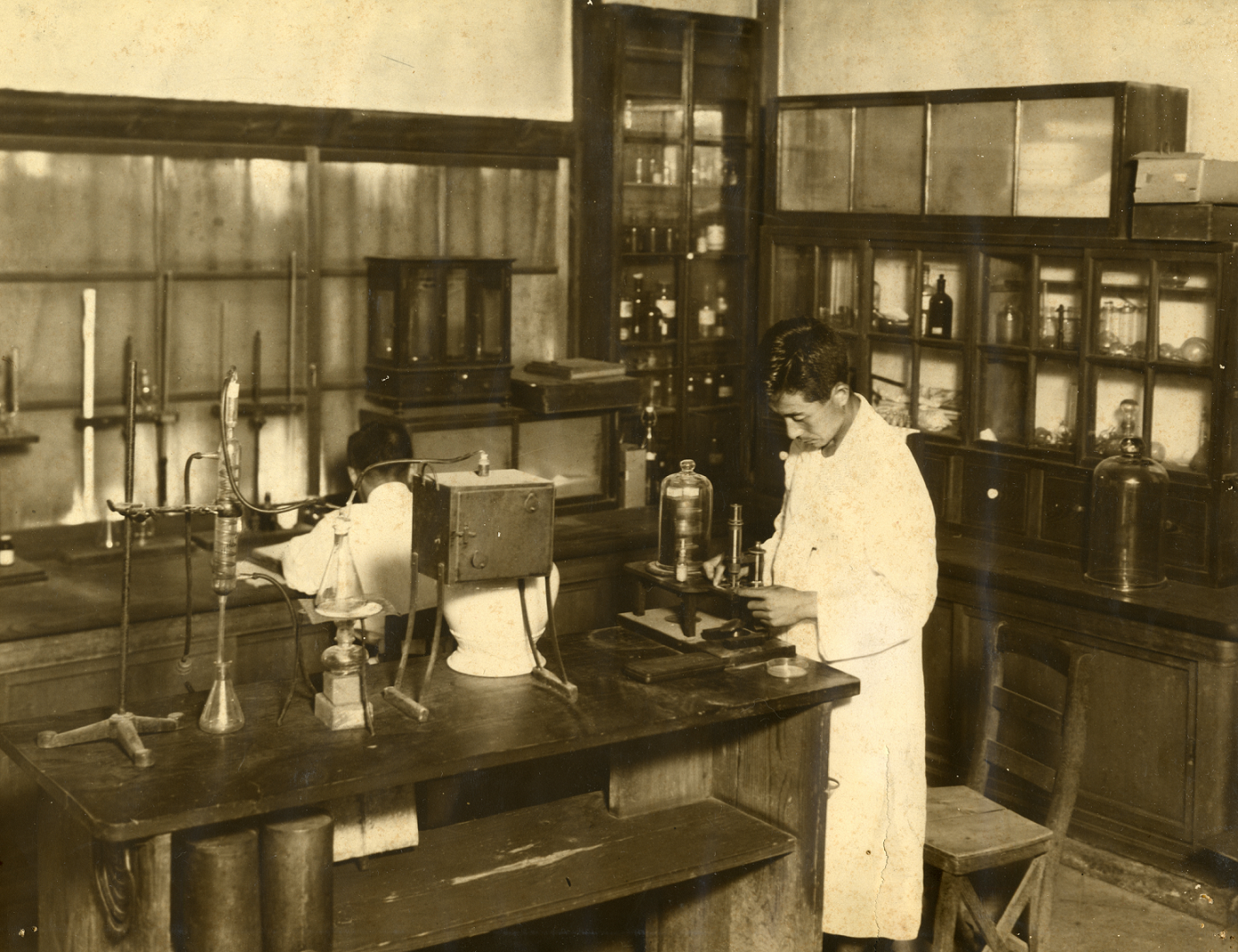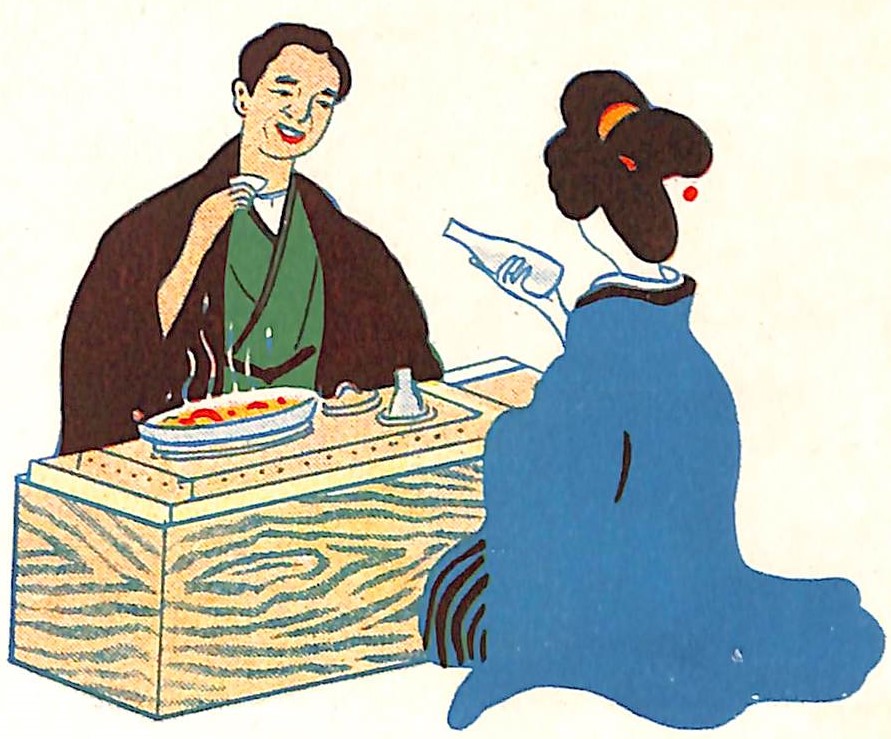This summer was hot and long, but since last month it has rapidly cooled down and autumn is in the air.The brewing season has arrived at many sake breweries, and new sake is already being pressed. In this article, we introduce about the roles of a toji (master sake brewer) in a sake brewery.
In a previous article, we mentioned that since the Edo period (1603-1868), toji and kurabito (craftsmen) from the southern part of Tamba Province (around present-day Sasayama City, Hyogo Prefecture) have come to brew sake in Nishinomiya, Itami and Nada regions.They were a group of about 18 people per one brewery, each with their own role.

The craftsman who had the most important role were called “toji (or oyaji)”, and he managed and supervised a sake brewery entrusted by brewers. “Kashira” was a craftsman who assists a toji. The most important part of the sake making process, kōji (sake mould) making, was handled by a craftsman called “daishi” (or emon)”. The most of those promoted to toji had experience as a daishi. The role in charge of sake brewing was called “motomawari”. The toji, kashira and daishi, or the kashira, daishi, motomawari, were called “san-yaku”(three roles), and they had particularly heavy responsibilities.

The left page : the wages of Zenjiro (kashira).
Besides, there would be a “kamaya”, who start a fire in a kettle for rice steaming, a “dougu-mawashi”, who prepare and maintain the sake brewing tools, a “sendō”, who press the moromi (sake mash), a “tarutsume”, who pour sake into casks.In addition, there were “jōbito”, “chūbito” and “shitabito” who worked under the supervision of the person in charge of each process. Meals and other chores in the brewery were handled by young craftsmen called “meshitaki (or mamaya)”.
Wages were also varied depending on the role. In the historical records from 1899, the wages were varied according to the responsibilities of each role: toji was paid 50 yen; kashira, daishi, motomawari, 18 to 16 yen; dougu-mawashi, 14 yen; jōbito, chūbito and shitabito, 13 to 7 yen; meshitaki, 5 yen.Because of these working conditions and their prestige, craftsmen sought to accumulate a track record of achievement to be promoted to higher positions. If they were a brewer in a large sake brewing company with dozens of breweries, such as the large brewers in Nada, they may have had many opportunities to become a toji or other high-ranking post, depending on their skills.

Besides, the capable craftsmen were sometimes poached by other breweries with high wages, and historical documents show that breweries shared a guideline wage amount for each role in order to prevent excessive competition.
In this article, we introduced about the roles of craftsmen in a sake brewery and the difference of wages according to the role. Please continue to enjoy our sake talk!







Crucial things are not always visible!